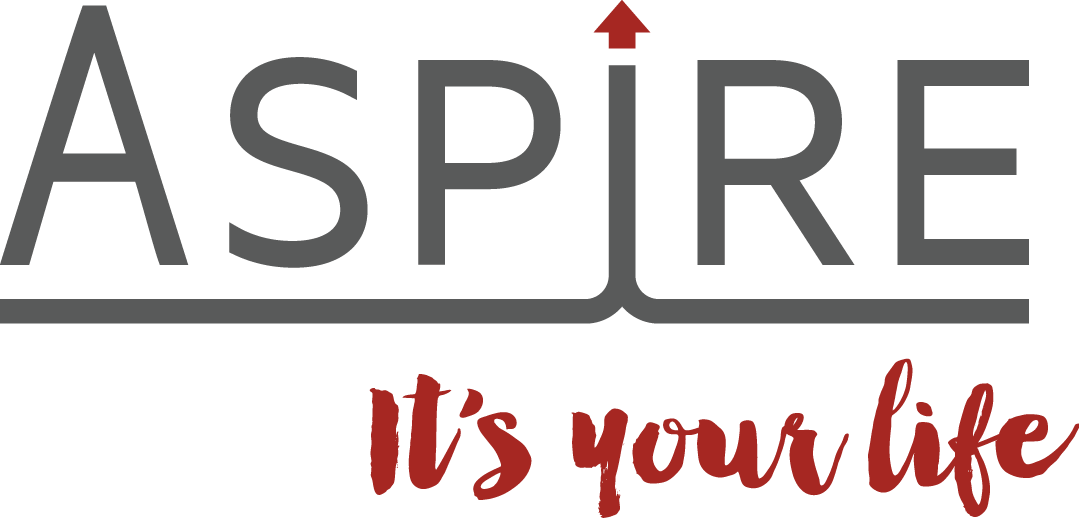How to save for your child’s education
Education is a wonderful gift that parents can provide to their children as it opens doors to a brighter future.
If you are considering private schools, it is essential to plan in advance though. With the rising costs of education and various expenses associated with that, these costs can quickly add up to $40,000 a year.
But don’t worry, we are here to help you navigate through it.
In this article, our adviser Leandro Bonin covers ways you can save effectively for your child's education, avoid common pitfalls and ensure a secure financial future.
How much do you need?
Sending your child to a private school comes with a significant, and often increasing, price tag. From fees to textbooks, laptop programs, uniforms, extra activities, and an endless list of ‘back to school’ items, these expenses can quickly add up.
A great way to start is by figuring out how much you will need based on the school of your choice and the duration of your child’s enrolment.
Costs differ greatly on whether you plan to enrol your child in a private school from kindergarten or only for high school. Some schools even offer day-care and pre-school programs, which could mean a few extra years of fees.
Time is crucial
The longer the time horizon you have before school fees become due, the more time there is to invest and compound your earnings. As your investment grows, the returns generated can be reinvested, leading to exponential growth.
Starting early enables you to make smaller contributions over a longer period, building your savings steadily over an extended period. It may also help absorbing any potential setbacks, as you have a longer period to recover from temporary downturns.
The earlier you start, the higher is the likelihood of achieving your goals.
Choosing a savings vehicle
Another critical step is selecting an appropriate savings vehicle to help you in this journey.
While traditional bank accounts might seem a good option, low-interest rates savings combined with school fee growth often mean your savings may not keep up.
If you are paying off a mortgage, an offset account can be an appropriate option, particularly in the current environment of high rates. It allows you to park your savings and earn interest equivalent to your mortgage rate. You can then withdraw the funds when it’s time to pay for school fees.
For longer-term plans, investing in a managed fund can offer the potential for higher returns over time. These options allow you to regularly contribute, allowing your savings to grow. It is important to understand the different options, risks and fees associated.
Another option we helped many clients with is through investment bonds. These investments are often tax-effective, especially when used for educational purposes. Any remaining funds after covering school fees can be transferred to your child as an investment or even received as a lump sum.
Key considerations
Two important principles to remember along your savings journey are: keeping costs low and staying consistent.
Choosing lower-cost investments usually leads to better results over time. And starting your savings plan early gives you and your child the best chance of achieve your goals.
Conclusion
Saving for your child's education requires planning and informed decision-making.
By understanding the costs, setting realistic goals, and choosing the right savings vehicle, you can ensure a secure financial future for your child's education.
Remember to keep an eye on costs and stay consistent with your savings.
Seek professional advice is also crucial to develop a tailored strategy aligned to your financial goals. We have worked on these strategies with lots of our clients, so please feel free to reach out if you want to discuss this further.
Important:
This provides general information and hasn’t taken your circumstances into account. It’s important to consider your particular circumstances before deciding what’s right for you. Although the information is from sources considered reliable, we do not guarantee that it is accurate or complete. You should not rely upon it and should seek qualified advice before making any investment decision. Except where liability under any statute cannot be excluded, we do not accept any liability (whether under contract, tort or otherwise) for any resulting loss or damage of the reader or any other person.
Any information provided by the author detailed above is separate and external to our business. Our business does not take any responsibility for any action or any service provided by the author. Any links have been provided with permission for information purposes only and will take you to external websites, which are not connected to our company in any way. Note: Our company does not endorse and is not responsible for the accuracy of the contents/information contained within the linked site(s) accessible from this page.


